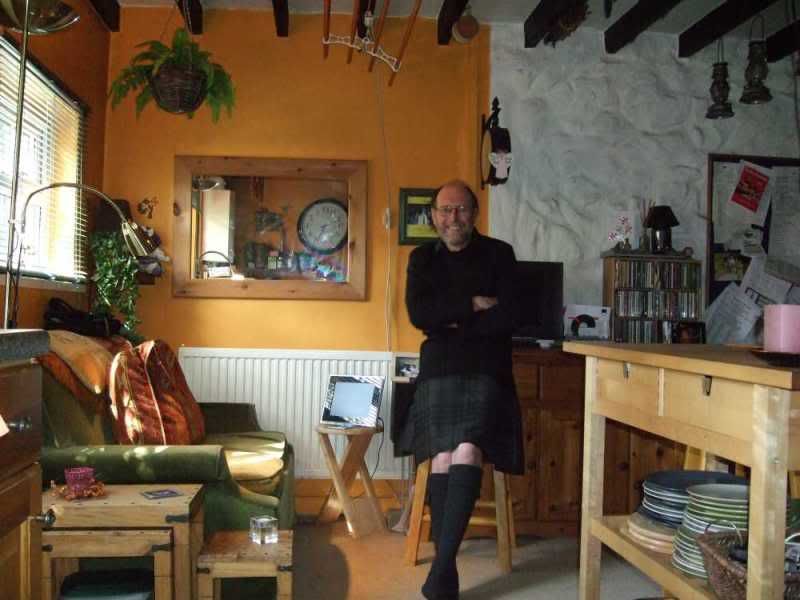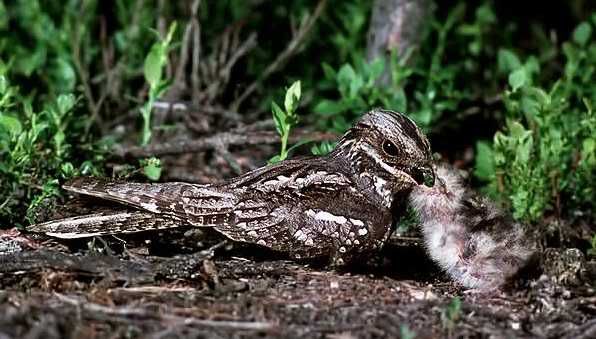Crespular Crusade tonight
We have been invited by two of Elaines close friends to join them this eve to go birdwatching with the birdwatching club they belong to (weather permitting). Since we have an interest in our feathered friends, we have agreed to go along with them. We are going to watch and hear, Nightjars (hopefully). We are meeting the other club members in some Forestry Commission and then walking to some forest clearing which is their habitat. I have pasted on to this some info about them. Since it going to be getting dark when we start looking for them, it was suggested its best to wear dark colours etc to merge in with the surroundings. So ... this is how I intend to go. I have also got a pair of all black converse boots with black laces.

Heres a pic of the bird and some info for anyone interested.

Latin name
Caprimulgus europaeus
Family
Nightjars (Caprimulgidae)
Overview
Nightjars are nocturnal birds and can be seen hawking for food at dusk and dawn. With pointed wings and a long tails their shape is similar to a kestrel or cuckoo. Their cryptic, grey-brown, mottled, streaked and barred plumage provides ideal camouflage in the daytime. They have an almost supernatural reputation with their silent flight and their mythical ability to steal milk from goats. The first indication that a nightjar is near is usually the male's churring song, rising and falling with a ventriloquial quality.
Where to see them
Found on heathlands, moorlands, in open woodland with clearings, and in recently felled conifer plantations. Most numerous in southern England with good numbers in the New Forest, Dorset and Surrey heathlands, and Thetford forest in Suffolk. Also found in parts of Wales, northern England and SW Scotland. RSPB reserves with nightjars are: Arne, Dorset; Aylesbeare, Devon; and Minsmere and North Warren, Suffolk.
When to see them
Arrives in the UK between late April to mid-May, they are best looked and listened for at dusk on warm, still, summer evenings. They mainly leave in August and September.
What they eat
Insects - moths and beetles
Iechyd Da
Derek
A Proud Welsh Cilt Wearer

















Bookmarks